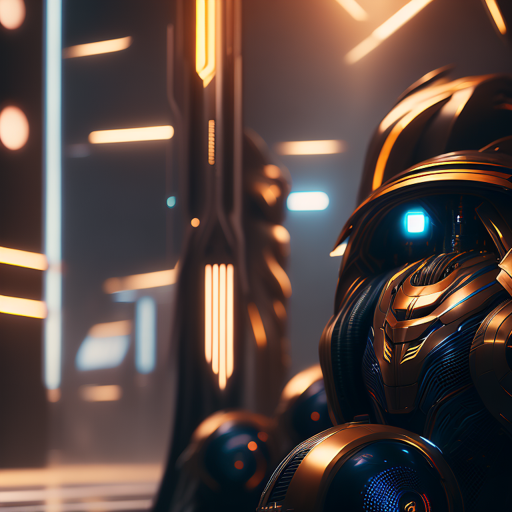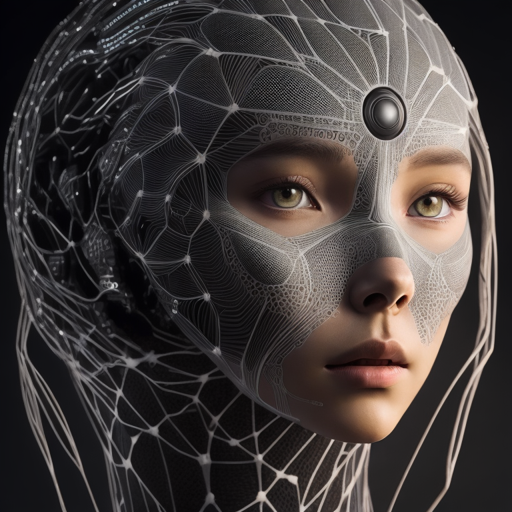Revolutionizing AI with Powerful Neural Networks
Deep learning is a subfield of artificial intelligence (AI) that focuses on training artificial neural networks to learn and make predictions or decisions in a manner similar to the human brain. It is a powerful approach that has revolutionized various areas of AI, including computer vision, natural language processing, speech recognition, and many others.

At the core of deep learning are artificial neural networks, which are inspired by the structure and functioning of biological neural networks in the brain. These networks consist of interconnected layers of artificial neurons, called nodes or units. The networks receive input data, pass it through multiple layers of nodes, and produce an output or prediction.
The term “deep” in deep learning refers to the presence of multiple layers in these neural networks. Deep learning models typically have several hidden layers between the input and output layers, enabling them to learn complex representations and abstractions from the data. The process of training a deep learning model involves feeding it large amounts of labeled data and adjusting the parameters (weights and biases) of the network to minimize the difference between its predictions and the true labels.
One of the key advantages of deep learning is its ability to automatically learn hierarchical representations of data. Lower layers in the network capture simple features, such as edges or corners in an image, while higher layers combine these features to learn more complex patterns, such as shapes or objects. This hierarchical representation learning allows deep learning models to extract meaningful features from raw data without the need for explicit feature engineering.
Convolutional Neural Networks (CNNs) are a popular type of deep learning model commonly used in computer vision tasks. They are designed to process grid-like data, such as images, by using convolutional layers that perform localized operations and pooling layers that downsample the data. CNNs have achieved remarkable success in image classification, object detection, and image generation tasks.
Recurrent Neural Networks (RNNs) are another type of deep learning model commonly used in sequential data analysis, such as natural language processing and speech recognition. RNNs have a recurrent connection that allows them to process sequential information by capturing temporal dependencies. Long Short-Term Memory (LSTM) and Gated Recurrent Unit (GRU) are popular variants of RNNs that address the vanishing gradient problem and enable better modeling of long-term dependencies.
Deep learning has been successfully applied to various AI tasks, including:
- 1. Image and video recognition: Deep learning models have achieved state-of-the-art performance in tasks such as image classification, object detection, facial recognition, and video analysis.
- 2. Natural language processing (NLP): Deep learning models have significantly improved the accuracy of tasks like machine translation, sentiment analysis, text generation, and question-answering systems.
- 3. Speech recognition: Deep learning has revolutionized speech recognition systems by enabling more accurate and robust models for speech-to-text conversion.
- 4. Generative modeling: Deep learning models like Generative Adversarial Networks (GANs) can generate realistic images, music, and other types of data.
- 5. Reinforcement learning: Deep reinforcement learning combines deep learning with reinforcement learning algorithms to train agents that can learn to make decisions and perform tasks in dynamic environments.
It’s important to note that deep learning requires a substantial amount of labeled data for training, significant computational resources, and careful hyperparameter tuning. Nonetheless, its remarkable success in various domains has made it a central component of modern AI systems.

Leave a Reply